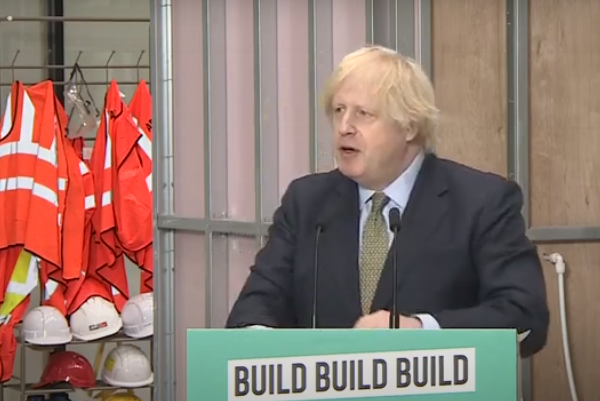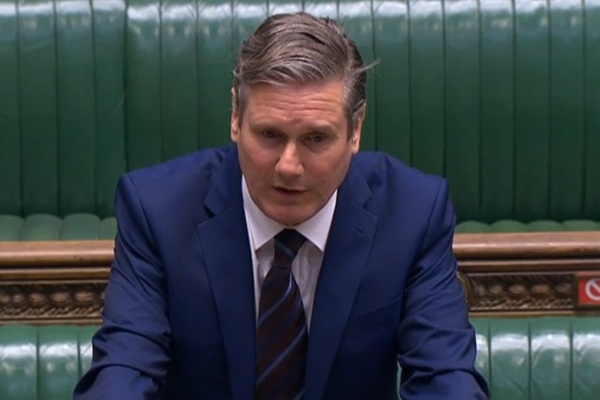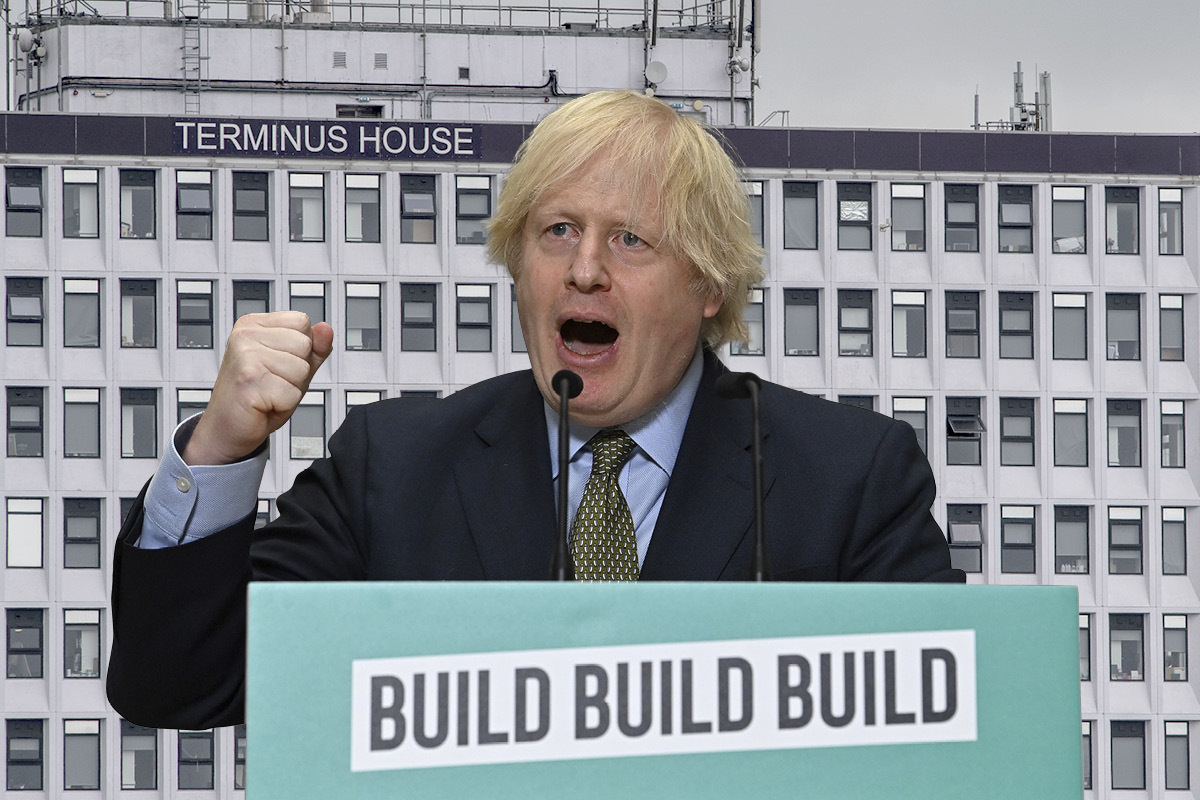You are viewing 1 of your 1 free articles

Will the ‘build, build, build’ plans prove to be a deal or no deal?
The prime minister promised to get the country building. But, Rabina Khan asks, did his vision go far enough?
The prime minister recently announced a “new deal” for Britain to “build, build, build” – but what does it really mean for house and infrastructure building in a post-pandemic, Brexit and possible recession era?
The capital investment strategy is to build back better, build back greener, build back faster and resolve the challenges of the past three decades. This includes investing more in the NHS, improving our road network, upgrading schools and colleges, investing in town centres and high streets, and building better homes.
But the COVID-19 lockdown and Britain’s imminent transition from the EU has revealed gaps in the new strategy.
The pandemic has proved that working from home could become the norm for many office-based people, especially if we face this type of situation again. Along with the potential need for home schooling, this increase in space will inevitably increase construction costs, thereby leading to rising house prices.
Infrastructure and building homes need a workforce with skills – one that the UK has relied on for decades through its EU partnership and free movement. We are already aware of the impact that Brexit will have on the construction market, including a labour shortage and an end to the free movement of goods, including building materials.
Investing in infrastructure should look at remodelling existing national bodies and assets such as Network Rail, which has huge amounts of land for potential housebuilding.
According to Network Rail’s Annual Report and Accounts 2019, its net debt was £54.1bn. Therefore, its unlocked land could be drawn into a National Housing Corporation that includes investors but is owned by the government.
It would become a national asset to enable the construction of essential housing (both social and private homeownership models) that Britain desperately needs.
As the former cabinet member for housing and regeneration at Tower Hamlets Council, I was instrumental in the council approving a Section 106 agreement that enabled Tower Hamlets Community Housing to deliver affordable homes on several Network Rail sites. I am conscious of the huge potential offered by these parcels of unused railway land not just in my borough but across London and up and down the country.
Working in an advisory role with Baroness Celia Thomas and Habinteg, a housing association that develops accessible homes, we are concerned that the strategy does not include homes that meet the needs of disabled people.
COVID-19 has left many with long-term mobility issues and there are those who were trapped in high-risk situations. For example Habinteg worked with a 40-year-old man forced to stay in a nursing home due the lack of accessible homes and a 50-year-old wheelchair user, Daniel, who had to live in a care home for older people for the same reason.
A 2019 Insight Report by Habinteg Housing Association found that just 1% of new homes being built outside London are suitable for wheelchair users, despite there being 1.2 million wheelchair users in the UK, together with a rapidly ageing population.
“Investing in infrastructure should look at remodelling existing national bodies and assets such as Network Rail, which has huge amounts of land for potential housebuilding”
I have been at the forefront of working with communities affected by COVID-19 and housing has been a key factor. Overcrowding, the lack of decent and affordable housing, homelessness, unscrupulous housing associations and landlords, and homes that are unfit for habitation have had a detrimental effect on individuals and families.
Although the government’s commitment to infrastructure investment and spending will help the industry recover from the lockdown, how will the increase in new homes be achieved given that there is already a backlog as a result of the pandemic?
The question of addressing climate change is still outstanding, so how will the boost in new home building and the planning deregulation impact our carbon commitment?
If the “new deal” plan is not just to “bounce back, but bounce forward” in a post-pandemic shrinking economy, the government needs to be far more innovative in housebuilding projects with developers, house builders and local authorities. The prime minister claims that Britain will become “stronger, better and more united than ever before”.
Let us hope that if the prime minister’s plan is to emulate Roosevelt’s pioneering 1993 New Deal, Britain’s communities and people must be at the heart of this.
Rabina Khan, author and Liberal Democrat councillor, Tower Hamlets Council











